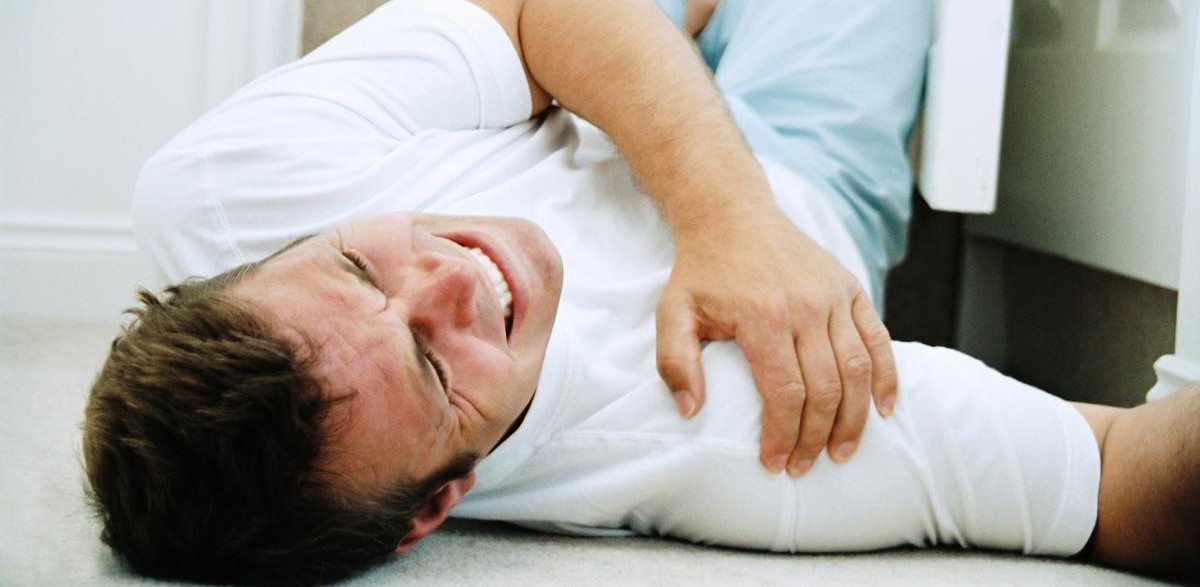Healing Takes Time
There are 3 main stages of injury healing, regardless of where the trauma occurs. In each, different things are happening at the injury site, and there are different activities that are appropriate for treatment and resuming to your daily acitivities.
The Acute Stage
Also called the inflammatory stage, the acute stage occurs at the time of the injury, and continues for up to 4 days. During the acute stage, inflammation occurs. The purpose of the inflammation is to neutralize toxins so that the repair process (which occurs in later stages) can begin. Scar tissue begins to form during the inflammatory stage.
During the acute stage, rest and gentle movement, along with therapy and anti-inflammatories are generally recommended.
The Sub-Acute Stage
The sub-acute stage of healing takes place between the 4th to the 21st day after the injury occurs. This stage is marked by new growth of connective tissue and capillaries, to help repair damaged structures. Scar tissue continues to grow during this time. Tissues in this stage are very fragile, so placing stress on the injured area is best limited to a therapist’s or doctor’s skilled hands.
During the sub-acute stage, inflammation decreases and pain that is related to damaged tissue may occur. Most therapists and chiropractors recommend that the patient begin with gentle movement during this phase, and gradually build up the intensity. Mild isometric exercise might be appropriate. Because activity is restricted during the sub-acute phase, there may be muscle weakness. This can be address with specific, low-intensity exercises.
The Chronic Stage
During the chronic stage of injury healing, scar tissue is remodeled by the stresses placed on it. This means that the activities and exercises the injured part is taken through will affect where scar tissue strength will be located. That is why visits to the therapist, chiropractor, the massage therapist, and adherence to a home exercise program are crucial for healing. These modalities will help to develop the scar tissue to where it can be useful in protecting the injured area.
During the chronic stage, pain associated with the injury tends to be limited to the end reaches of the joint range of motion.
The chronic stage of healing begins after 21 days, and may continue for quite some time. This is the time when the patient takes the most active role in his/her recovery.


 Follow
Follow